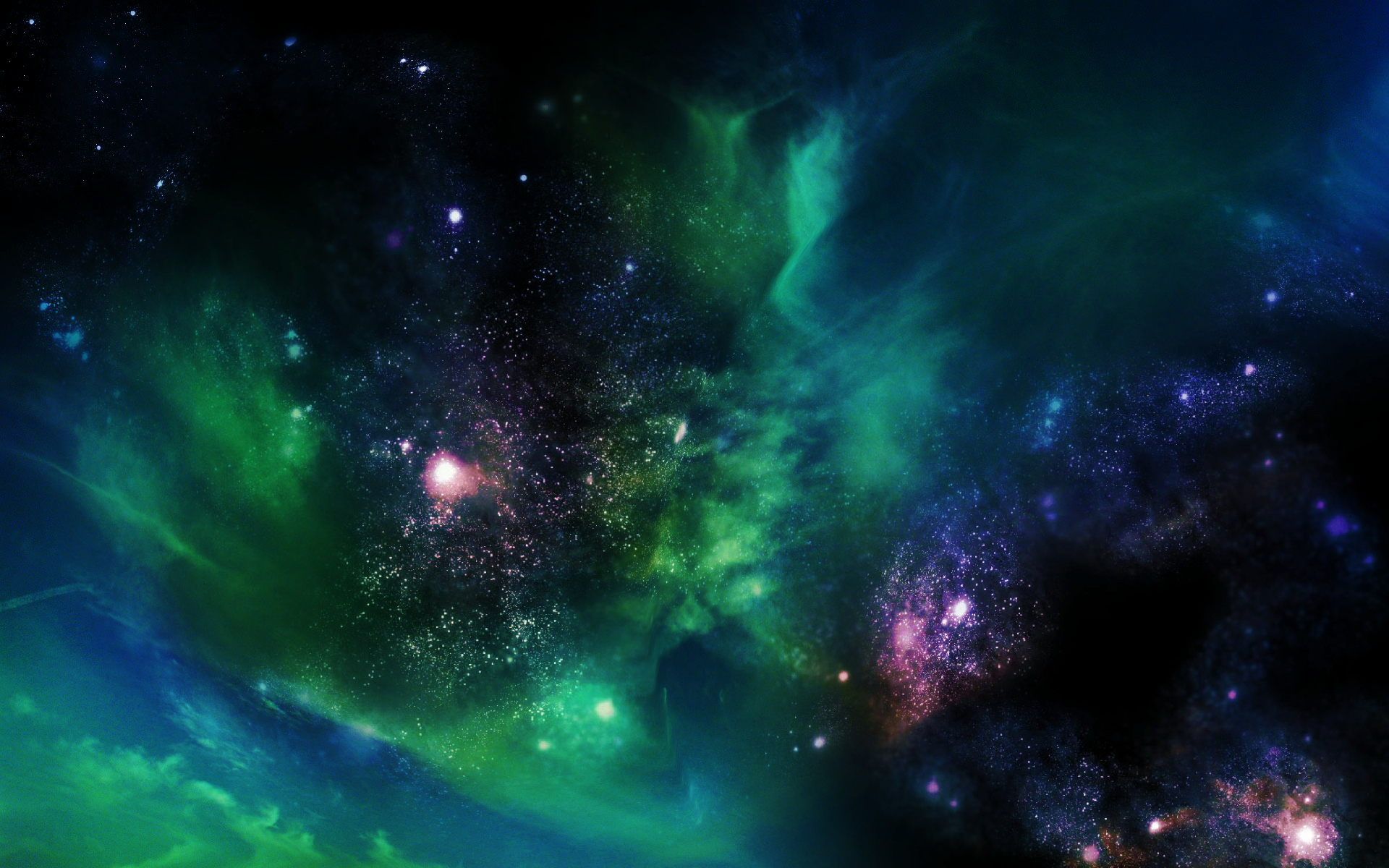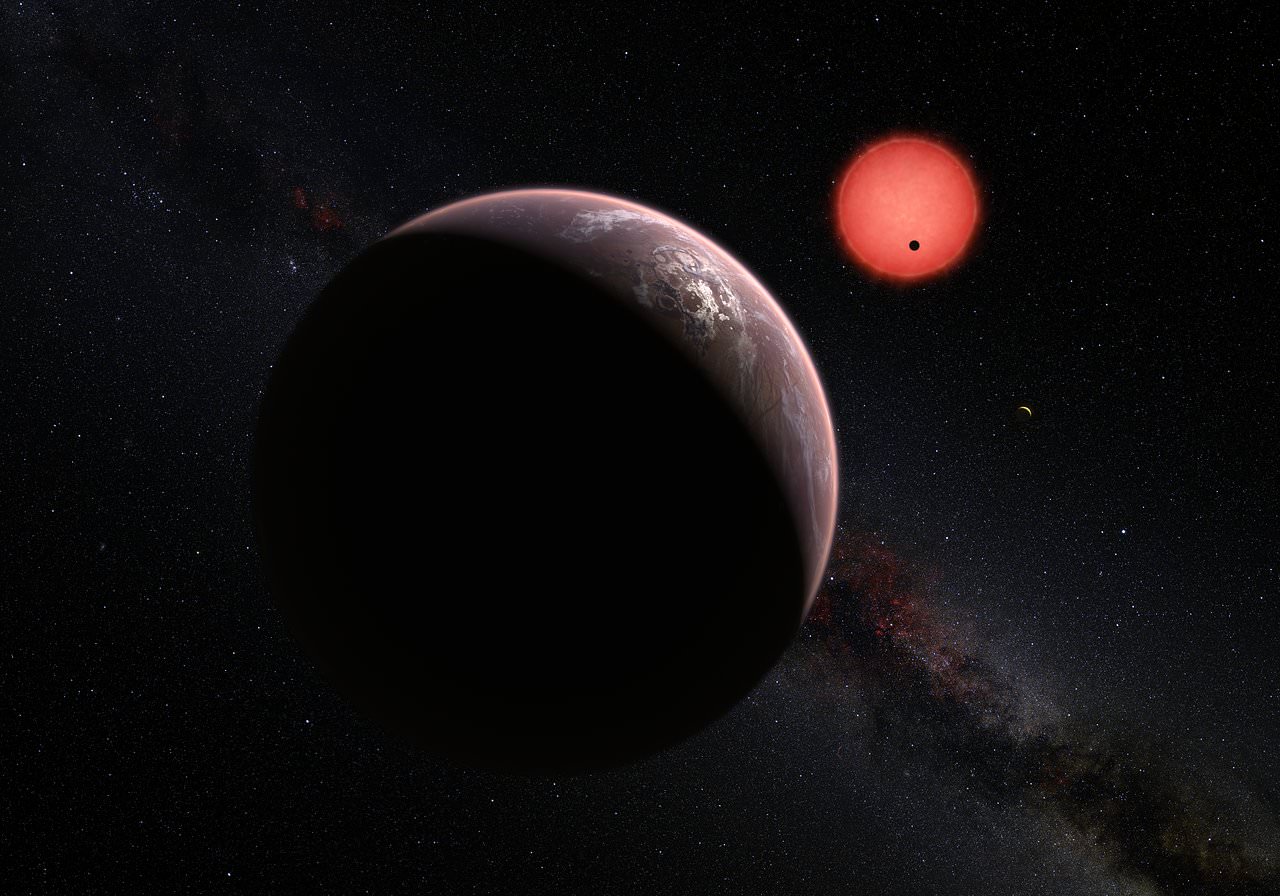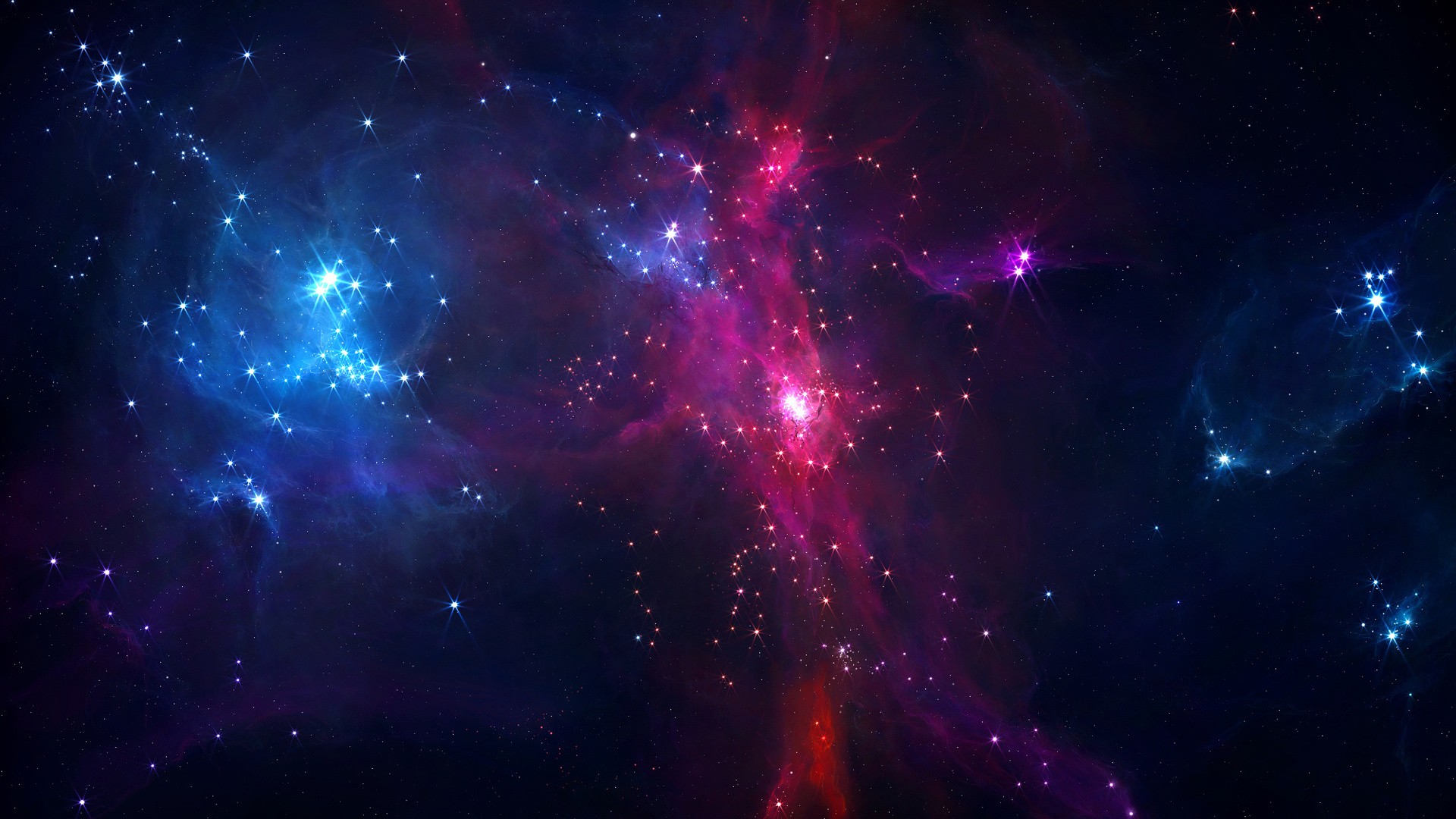
Recently, the Breakthrough Initiatives project took a big leap toward achieving its ultimate goal by successfully sending six test craft into Low Earth Orbit.

Cassini will pass through Saturn’s upper atmosphere during the final five orbits of the mission, before making a fateful plunge into Saturn on 15 September 2017.

A discovery on Saturn's Moon Titan could be an indication of how life begins to emerge throughout the Universe.

The Deep Underground Neutrino Experiment (DUNE) will count with the support of 1,000 scientists and engineers from different parts of the world to study the properties of the neutrino.

Using data from the Sloan Digitial Sky Survey, an Indian team of astronomers has discovered one of the largest cosmic structures to date - the Saraswati Supercluster.

A recent survey conducted by the Arecibo Observatory detected a strange radio signal coming from Ross 128, a star system just 11 light-year from Earth.

Thanks to an amplified image produced by a gravitational lens, and the Gran Telescopio CANARIAS a team of scientists have discovered one of the brightest galaxies known.

The 20 new worlds have been found around eight bright, Sun-like stars by the HARPS Echelle Spectograph instrument, mounted on the 3.6m telescope at the European Southern Observatory in Chile.

Pictures of Jupiter's most powerful storm, have been transmitted to Earth, giving eager scientist close-up views of the 10,000-mile-wide anticyclone where winds have been howling for at least 187 years.

The researchers have produced an intricate 3D rendering of newly formed molecules inside the supernova remnant using ALMA telescope.

Astronomers at the University of Cambridge have discovered a star that’s barely bigger than Saturn, making it the smallest stellar object known to science.

If we're going start building colonies elsewhere, then one of the essential resources we're going to need is energy. A new study says Saturn's largest moon, Titan, has it in abundance.

A new scientific model studies whether liquid water can be maintained on planets in various conditions, and could be used to confirm the presence of vegetation on faraway worlds.

Our galaxy could have 100 billion brown dwarfs or more according to a recent survey of dense star clusters

Analyzing a galaxy through a gravitational lens, astronomers obtained images 10 times sharper than Hubble could see on its own.